Identifying your septic tank is vital information you must have as a homeowner. You should have received a septic tank …
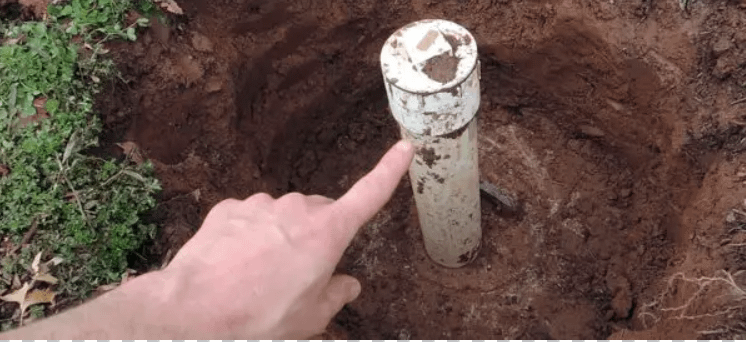

Identifying your septic tank is vital information you must have as a homeowner. You should have received a septic tank …

Have you ever wondered what size septic tank is right for your household? Selecting the appropriate size plays a crucial …

Depending on where you are in North Carolina, you can install several types of septic systems in your home. These …

Septic tanks are essential components of any household or business that relies on a private sewage system. A septic tank …

Onsite sewage treatment has long been a vital component of maintaining a clean, healthy living environment. However, traditional septic systems …
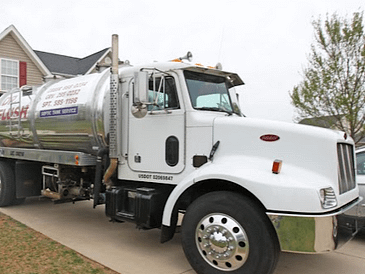
SEPTIFIX tabs are septic tank treatment tablets that are solid, environmentally safe, and OXYGEN releasing. After you flush them down …

Introduction When it comes to septic tanks, homeowners often have to decide between using septic tank risers or traditional lids. …
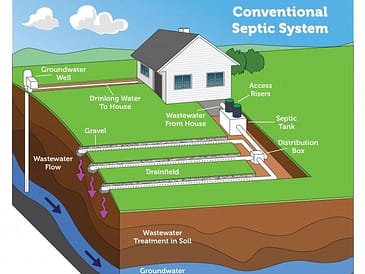
I. Introduction to Septic Tank Regulations in Oregon Septic tank systems play a crucial role in managing wastewater in Oregon. …

Avoiding Legal Troubles: Michigans Septic Tank Laws Explained Are you a homeowner in Michigan? Do you rely on a …
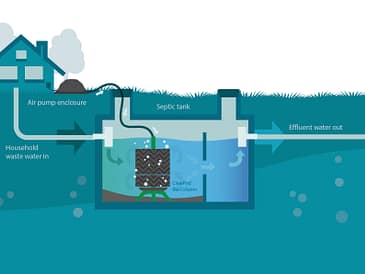
Septic tanks are an essential component of many residential and commercial properties, providing a safe and efficient way to manage …
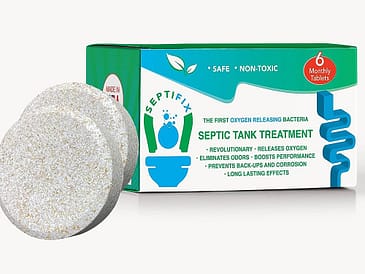
Are you tired of dealing with septic tank problems that seem to never end? Blocked drains, foul odors, and costly …
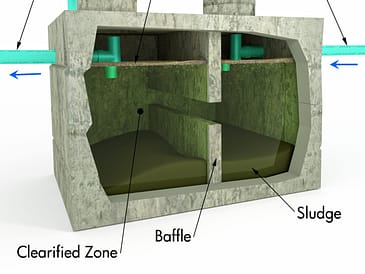
Septic tanks are an essential part of the septic system, which is responsible for treating and disposing of household wastewater. …